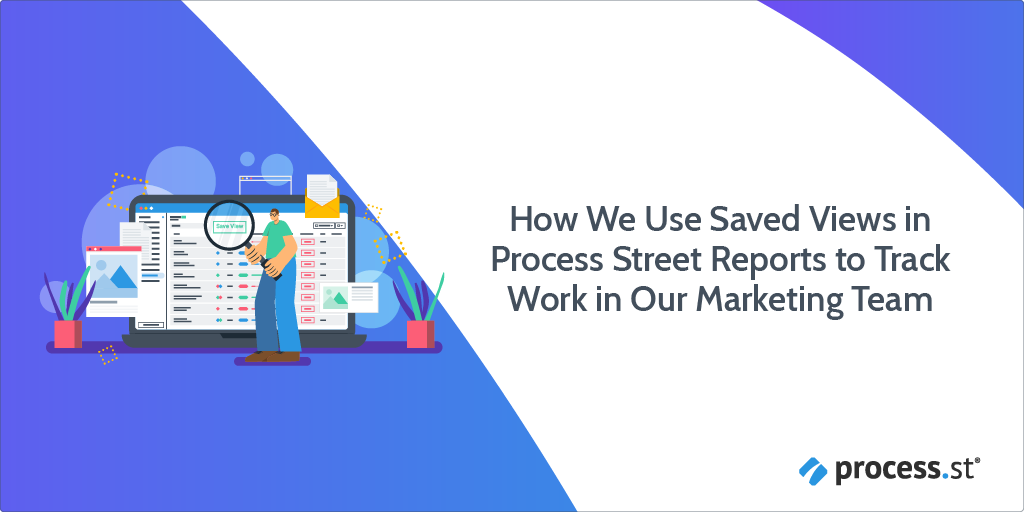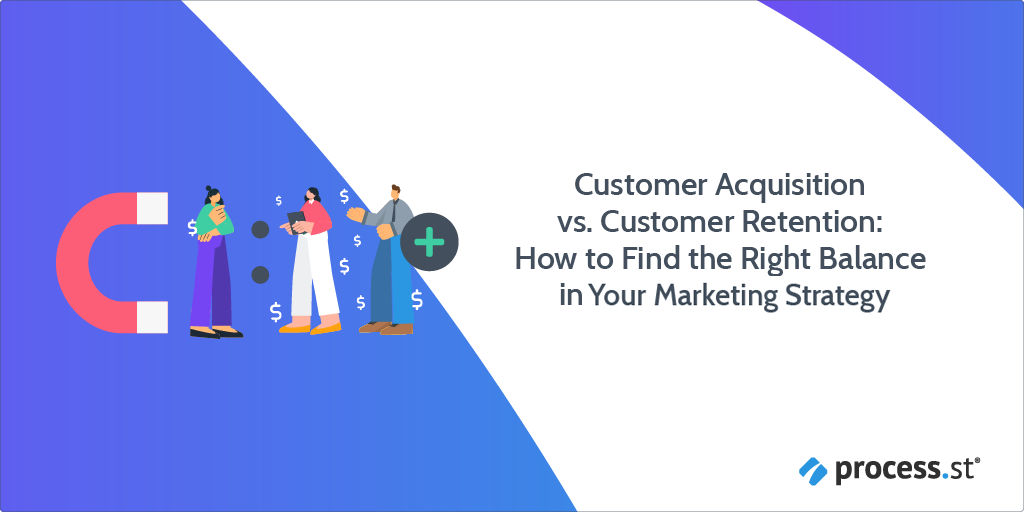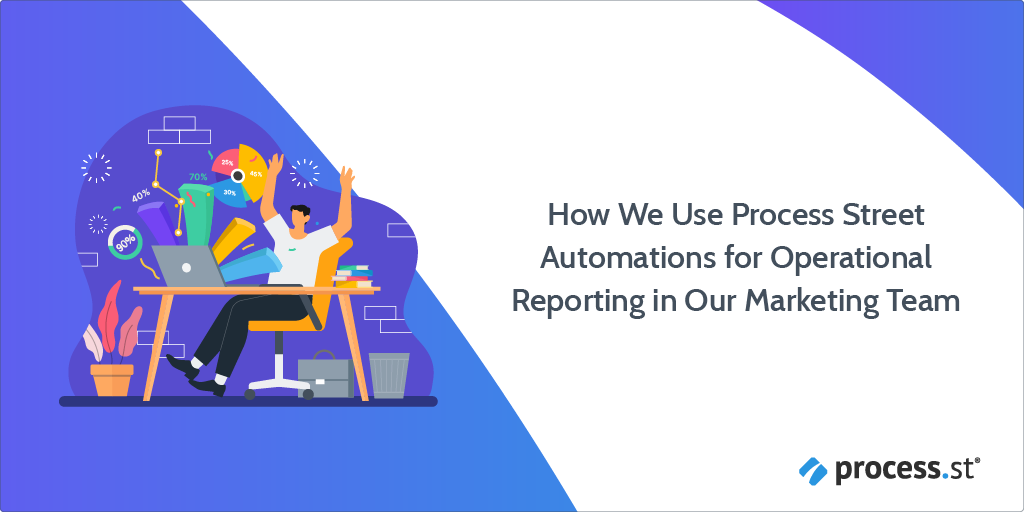 This is a guest post from Adam Enfroy. He writes about how to blog like a startup to 450,000 monthly readers at www.adamenfroy.com, & teaches his audience of New School Bloggers the tactics he used to scale his blog to $80k/month MRR.
This is a guest post from Adam Enfroy. He writes about how to blog like a startup to 450,000 monthly readers at www.adamenfroy.com, & teaches his audience of New School Bloggers the tactics he used to scale his blog to $80k/month MRR.
As a product marketer, increasing your landing page conversion rates through optimization has a significant impact on your bottom line.
You spend most of your time running A/B tests and tracking your conversion rates because you’re trying to optimize conversions and prove the ROI of your PPC campaigns.
Nonetheless, you still can’t seem to grasp why your visitors behave the way they do.
So, what’s your solution?
Using qualitative research to understand the reasons behind your visitors’ behavior so that you optimize your landing page and skyrocket your conversion rates.
In this article, I’ll explain the ROI of qualitative research, different methods to conduct it, and how to analyze your research data within your database. I’ll also demonstrate how Process Street’s superpowered checklists can help you perform optimized qualitative user research.
To jump to a specific section of the post click the appropriate link below. Alternatively, just keep scrolling.
- The value of qualitative user research for landing page optimization
- How to analyze your qualitative user research
- Landing page optimization in action using qualitative user research
- Use qualitative user research and boost your conversion
Ready? Let’s get started.







 Workflows
Workflows Forms
Forms Data Sets
Data Sets Pages
Pages Process AI
Process AI Automations
Automations Analytics
Analytics Apps
Apps Integrations
Integrations
 Property management
Property management
 Human resources
Human resources
 Customer management
Customer management
 Information technology
Information technology








 Content marketing is definitely in the top 3 spammiest areas of marketing.
Content marketing is definitely in the top 3 spammiest areas of marketing. 

